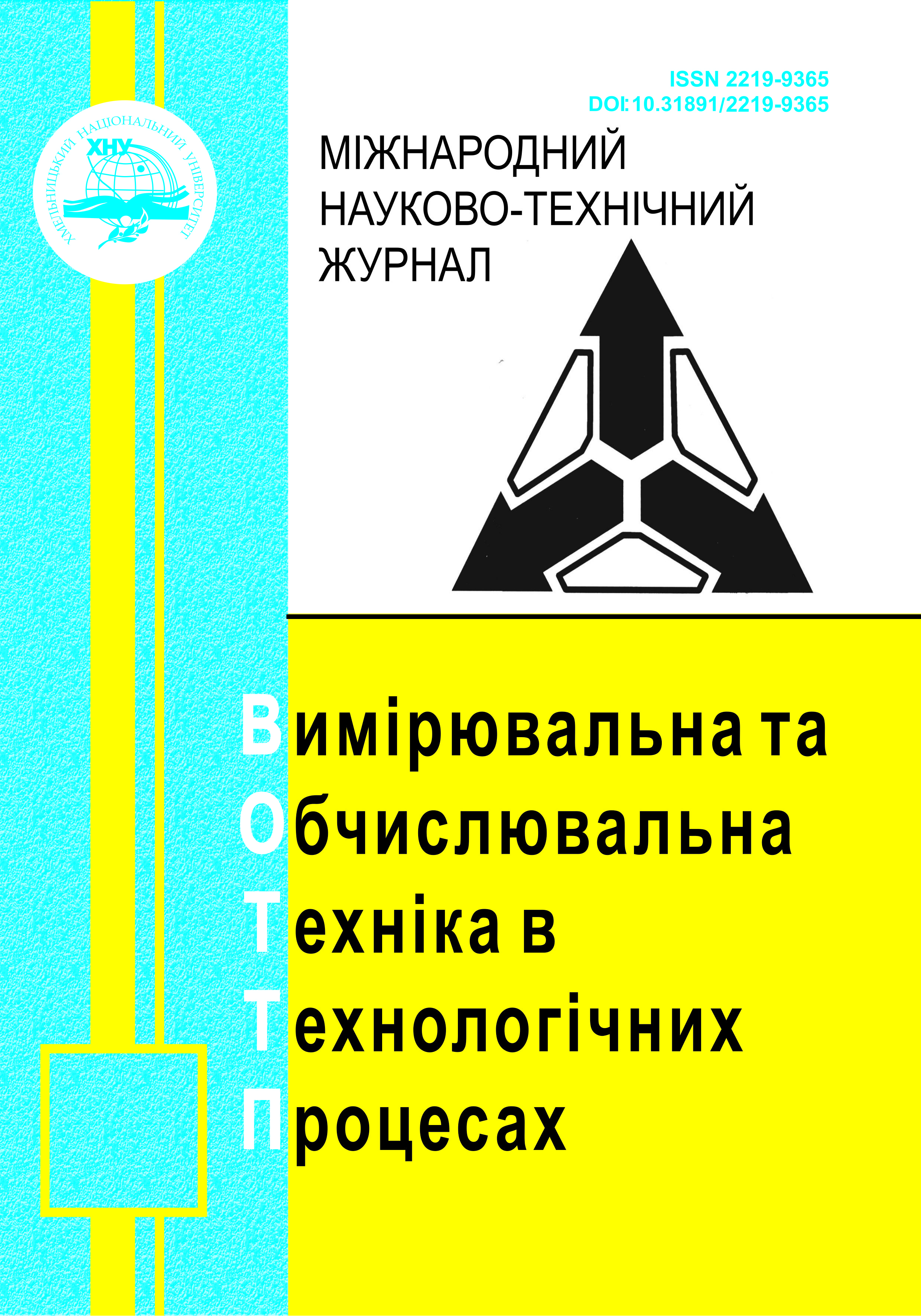ПРИНЦИПИ АВТЕНТИФІКАЦІЇ ЯК АСПЕКТИ БЕЗПЕКИ ВЕБ-РОЗРОБКИ
DOI:
https://doi.org/10.31891/2219-9365-2025-81-36Ключові слова:
автентифікація, авторизація, токен, веброзробка, кібербезпекаАнотація
У цій статті розглядаються сучасні методи автентифікації та авторизації, підкреслюючи їх критичну роль у безпеці вебсистем. Оцінються традиційні підходи, такі як базова автентифікація, і порівнюються із більш просунутими методами, такими як OAuth і вебтокени JSON (JWT). Автори зосереджуються на зростаючій складності вебсистем, що вимагає більш потужних і гнучких механізмів безпеки.
Особливу увагу приділено слабким сторонам систем на основі паролів і перевагам рішень на основі токенів із сильним наголосом на JWT як найбільш прийнятному виборі для більшості сучасних веброзробок. Компактність і самодостатність JWT у поєднанні з його масштабованістю та безпекою робить його кращим методом як для автентифікації, так і для авторизації в різноманітних веб-середовищах.
У статті також висвітлюються ризики, пов’язані з керуванням токенами, такі як перехоплення та зловживання, а також пропонуються практичні стратегії пом’якшення цих загроз. Автори стверджують, що для більшості сучасних веб-систем JWT забезпечує більш ефективну та безпечну альтернативу традиційним методам, збалансовуючи потреби безпеки з продуктивністю та зручністю у використанні.
На завершення дослідження рекомендує прийняти JWT як гнучке та масштабоване рішення, яке відповідає вимогам безпеки веб-систем, що розвиваються. Надаються практичні рекомендації щодо безпечного впровадження JWT для забезпечення захисту даних користувачів і підвищення загальної кібербезпеки.
##submission.downloads##
Опубліковано
Як цитувати
Номер
Розділ
Ліцензія
Авторське право (c) 2025 Микола ПИРОГ, Ганна ТЕРЕЩУК, Олександр ТОРОШАНКО

Ця робота ліцензується відповідно до Creative Commons Attribution 4.0 International License.

